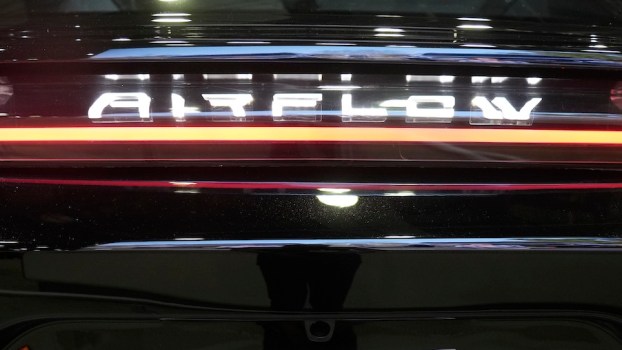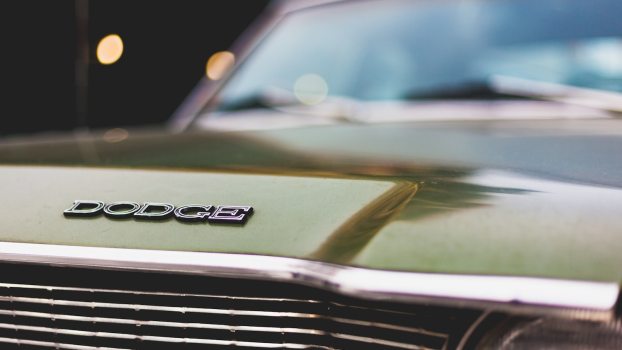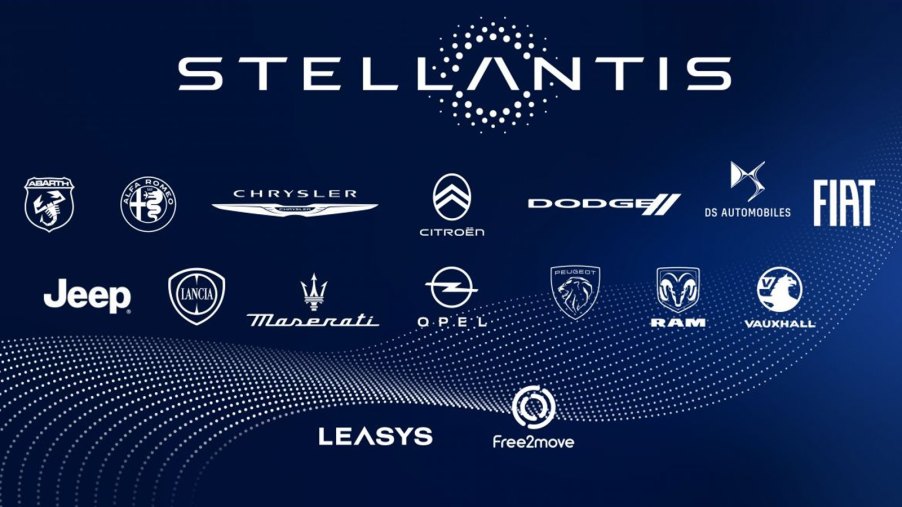
Is Stellantis Too Big?
Stellantis is a huge multi-national conglamorate that includes Chrysler Corporation, Fiat, and Peugeot Group. It is far from the world’s biggest automaker (that’s Toyota). It’s not even number two (Volkswagen). But it features such a dramatic range of brands (from Jeep to Maserati), that it is struggling to share technology as promised. Here’s how Stellantis happened, why it might be too big, and why it was inevitable anyway.
Chrysler Corporation (often called Mopar), was always a family of the “other” brands. The smallest of the Detroit Three traditionally included Dodge, Chrysler, and Plymouth. A later addition was AMC, which came along with Jeep and even Hudson. The 2008 recession hit Chrysler hard. In 2009, it merged with Fiat (which included Alfa Romeo, Abarth, Lancia, and Maserati).
The resulting Fiat Chrysler Automobiles (FCA) decided to split Dodge Ram trucks into its own brand, and bring both Fiats and Alfa Romeos back to North America through Chrysler’s dealer network. It also expanded Jeep sales in Europe. The group even owned Ferrari at one point, but sold it off to focus on Maserati. It seemed things were going well. Then in 2019 it shocked the industry announcing yet another merger, this time with France’s Peugeot Group, forming Stellantis.
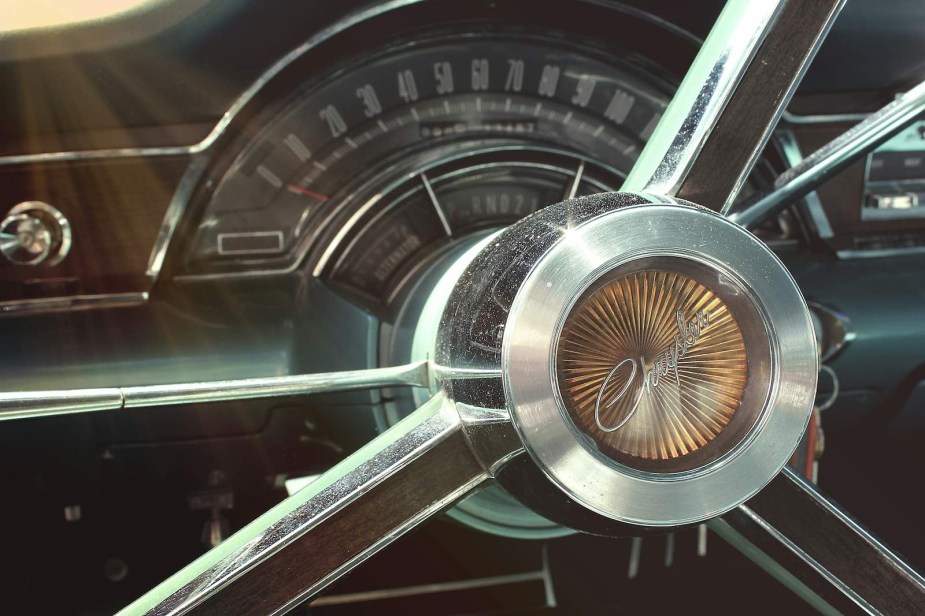
Stellantis is headquartered in neutral Amsterdam. It now includes fifteen brands and sub-brands. New additions include Citroën, Opel, Peugeot, Vauxhall (which originated in the U.K.), and DS Automobiles (which is a luxury brand on Citroën platforms).
Confused yet? That’s alright. What’s important to remember is that Stellantis is now the world’s fourth largest automaker. It told investors it would use its size to reduce R&D costs (by sharing technology) and reduce sourcing costs (by buying common components and materials in bulk). So far so good.
But things aren’t working out as planned. Two years ago Stellantis announced it would move every vehicle, from every brand, to one of just four shared chassis. It would also seriously limit components used, swapping niche technology such as V8s for more multi-purpose technology such as turbocharged I6s. So far so good. Fast-forward to 2024 and its obvious that these 15 brands have such diverse needs that they are still blowing money on unique solutions.
Let’s look at one chassis, for example. The STLA “Large” chassis is a unibody layout for AWD SUVs and the largest sedans (aka, the new Charger). It was engineered for either internal combustion hybrids or fully electric powertrains.
But as all of Stellantis’ various brands began to design their next generation of SUVs on this chassis, they began to request different lengths and widths. This meant new suspension geometries and for EVs, new battery packs. The result will be little actual cost savings.
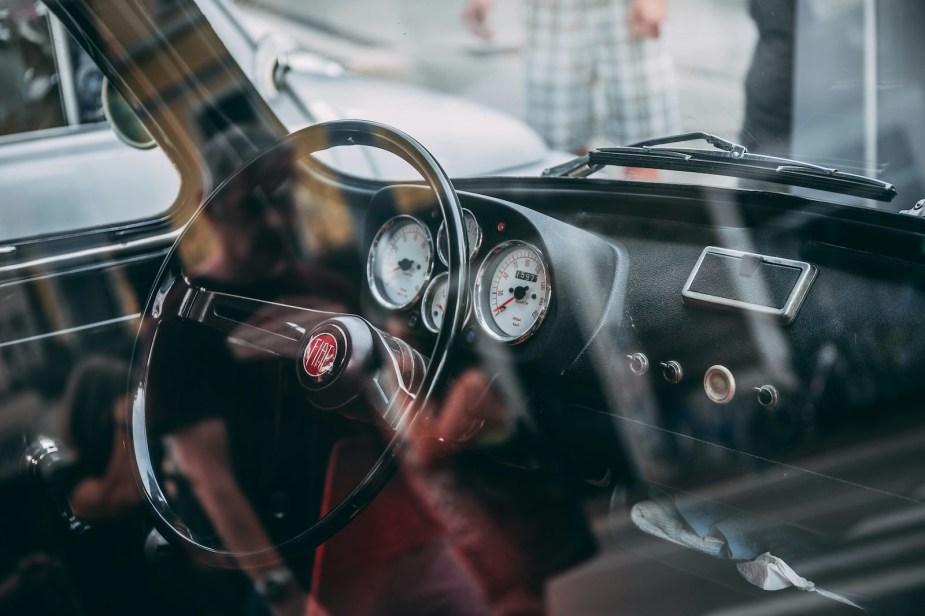
Here’s another example: some Stellantis brands requested 800-volt EV architecture. Which is an excellent way to build future-proof powertrains. But others wanted to go with 400-volt to save a bit of money. But this required swapping out almost every wire in the high-voltage system. Dodge decided to build the new Charger with both EV powertrain options. So there go the bulk-buying cost savings.
If Stellantis kept tighter reins on its various brands, forcing them to agree on new technologies and share, this might work out. But the latest line of products make it clear that Stellantis isn’t yet saving any money. Unfortunately, there isn’t room in the industry for Stellantis to merge with an equally-sized company again. So if it still can’t make ends meet, we may see it cut some brands.
Why is it so important that Stellantis save money? Because developing all-new powertrains for the EV era is one of the most expensive ventures the automotive industry has ever taken on. And that costs money. This revolution will shake up the industry. We are already seeing small automakers (such as Subaru) cozy up with previous trade partners (such as Toyota). I don’t expect any of the smaller automakers to survive this on their lonesome.
So why was Stellantis inevitable? Honestly, in the spirit of Mopar, it is the “other” automakers. The biggest players are the Japanese automakers, the German automakers, and Detroit’s giants (Ford and GM). The misfits of Stellantis are comparatively quirky: the French, Italians, and “other” Detroit brands. And I personally think that gives them some charm.
But the entire reason they all still exist is that they each found a niche. Jeep makes, well, Jeeps. Peugeot/Opel make more small diesels than anyone else on the planet. And Stellantis’ Italian branch survived by selling cars that define the word “romantic.” Stellantis is certainly not too big. But it may be too diverse. If it is going to survive, these misfits will need to find a way to work together, without sacrificing what makes them each unique.
Next, read why I think Stellantis should bring the Plymouth brand back, or learn more about the brands that make up Stellantis in the video below:
